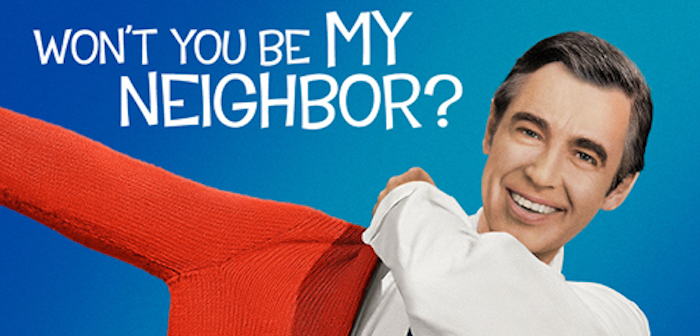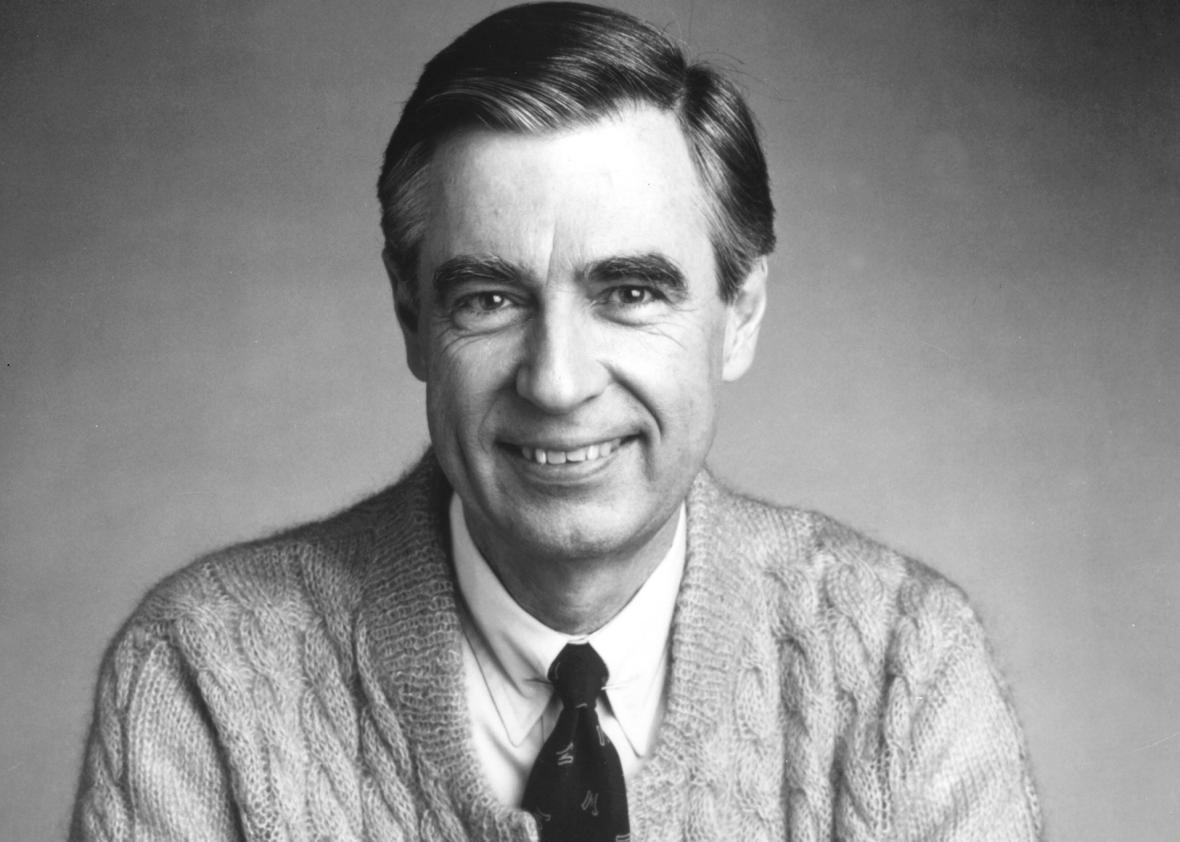“I feel that if we in public television can only make it clear that feelings are mentionable and manageable, we will have done a great service for mental health”
– Fred Rogers 1969

Last week I sat and watched a documentary about the transformative and inspirational impact of one of America’s longest-running and most loved children’s television programs. The film tells the story behind the origins and conceptualization of the show, Mister Rogers’ Neighbourhood, and its equally inspiring and beloved creator and host, Fred Rogers.
Mister Rogers’ Neighborhood was littered with relatable parables for kids that spoke of the importance of acceptance, compassion, and integrity. The show not only demonstrated these seemingly loaded virtues with simplicity and flair, but also dealt with the inner workings of human emotions: how and what tools can be used to deal with anger, sadness, and love for yourself and others.
I thought to myself what a rare beacon of light this show must have been to thousands, and how contemporary children’s viewing matched in comparison. The program reflected shifting societal attitudes and the political climate of the time, often combating old tropes regarding race and gender, and purposefully running a moral commentary on the woes, angst, and social responsibility of a nation that underwent some of the most radical changes and socio-political turmoil of the 21st Century. The host and the show were in turn radical in their approach to contending with pressing issues such as discrimination, terrorism, and financial cuts to children’s programming.
Mister Rogers shared his garden paddling pool with the African-American neighborhood cop on the show, at a time when the nation was enforcing segregation in public pools. In 1969 he addressed the US Senate Subcommittee on Communication to defend public television from budget cuts and appeal for 20 million dollars in funding. This he did during an era of austerity for the public television industry and won, and in 2001, using evocative melodies on his piano, he encouraged and uplifted families across the nation in the aftermath of the 9/11 attacks.
Rogers won the 1969 case because the message of his show was too important to society and the values that needed to be upheld, when hope was deficient in the lives of so many. His show helped shape the hearts and minds of a generation of little ones and their families. What can be said for what’s on offer today for our kids?
We of course want to encourage educational viewing in our homes for the whole family, especially growing children, whose minds are developing at startling rates each day. There is a growing demand for more educational children’s programming, some of which has been met with more dynamic and versatile TV viewing options for kids. However, after looking into the historical, social, and personal impact of Mister Rogers’ Neighborhood, the imprint of its messages within the home of millions remains unrivaled and its approach unsurpassed.

One moment in the documentary filled me with utter longing for a program like this one to exist in our time. When addressing the US Senate, Mr Rogers asked, “Could I tell you the words of one of the songs, which I feel is very important?” He went on to say, “This has to do with that good feeling of control which I feel that children need to know is there. And it starts out, ‘What do you do with the mad that you feel?’”
He then recited the following:
What do you do with the mad that you feel? When you feel so mad you could bite. When the whole wide world seems oh so wrong, and nothing you do seems very right. What do you do? Do you punch a bag? Do you pound some clay or some dough? Do you round up friends for a game of tag or see how fast you go? It’s great to be able to stop when you’ve planned the thing that’s wrong. And be able to do something else instead – and think this song –
“I can stop when I want to. Can stop when I wish. Can stop, stop, stop, anytime… And know that the feeling is really mine. Know that there’s something deep inside that helps us become what we can…”
With the onslaught of on-screen violence and special effects, I believe Mr Rogers was acutely aware of the future that was to come for children’s television. “We don’t have to bob somebody over the head to…make drama on the screen”, he once said. Hidden deep within his message was the quiet observation and acknowledgement that shows such as his would soon be heavily competing and vying for the attention of little ones, as mainstream private children’s networks took over the airwaves with jump-cut editing, slapstick violence, and message-less narratives.
That’s not to say that public media hasn’t continued to successfully provide educational programming which remains popular and trusted. And many politicians still oppose the elimination of federal funding for public television in America. Unfortunately American President, Donald Trump, like his predecessor Nixon did in 1969, is trying to pull all federal funding for the Corporation for Public Broadcasting, which supports networks such as NPR and PBS.
Mr Rogers died in 2003, but not before being honored with a star on Hollywood’s Walk of Fame and the rerun syndication of 900 episodes of his show on PBS. Tom Hanks has recently brought to life the beloved advocate for kindness, in a new movie titled, A Beautiful Day in the Neighborhood. Based on true events, the film tells the story of reporter Tom Junod’s real-life friendship with Rogers, which began when he wrote an article about the TV personality. He and his show have been sorely missed, and as a newbie to his creative output, I for one can’t imagine who would be able to so eloquently fight for the rights of children to access quality-driven public media the way he so passionately did.
With that I’ll leave you with the “expression of care” Mr Rogers gave to each child he spoke to through the television screen at the end of each episode, to help them realize their uniqueness:
“You’ve made this day a special day. By just your being you. There’s no person in the whole wide world like you, and I like you, just the way you are.”
Photos: www.92y.org, www.slate.com




